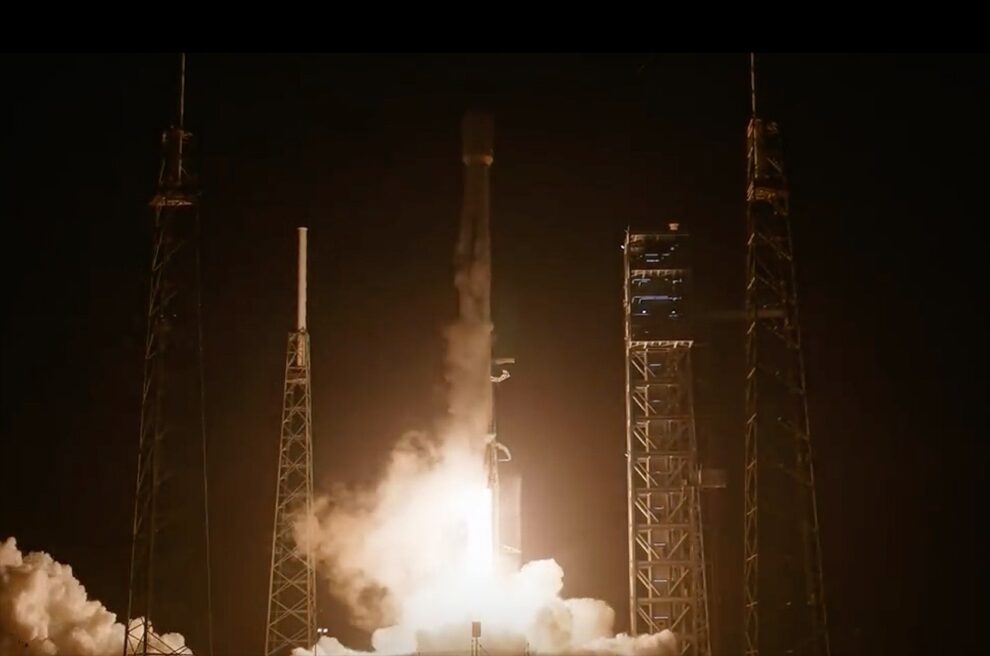In the early hours of Saturday, May 10, 2025, SpaceX successfully launched 28 Starlink satellites into low Earth orbit from Cape Canaveral Space Force Station. The Falcon 9 rocket lifted off at 2:28 a.m. EDT (0628 UTC) from Space Launch Complex 40 (SLC-40), marking the company’s 38th Starlink mission of the year and the 250th Falcon 9 launch from this historic pad.
A Milestone in the Starlink Program
This mission, designated Starlink 6-91, added to SpaceX’s growing constellation aimed at providing global broadband internet coverage. With this launch, the total number of Starlink satellites deployed in 2025 reached 900, contributing to a constellation that now exceeds 7,400 satellites in orbit.
Reusability in Action
The Falcon 9’s first stage booster, identified as B1067, completed its 11th flight, having previously supported missions including Crew-8, Polaris Dawn, CRS-31, and multiple Starlink deployments. Approximately eight minutes after liftoff, the booster landed on the droneship “A Shortfall of Gravitas” stationed in the Atlantic Ocean, demonstrating SpaceX’s continued emphasis on reusability to reduce launch costs.
Weather Challenges Overcome
Launch preparations faced uncertainties due to storm systems moving through Central Florida. The 45th Weather Squadron had forecasted only a 55% chance of favorable conditions during the launch window. Despite these challenges, the mission proceeded without delay, showcasing SpaceX’s ability to adapt to dynamic weather conditions.
A Busy Weekend for SpaceX
This Florida launch followed closely on the heels of another Starlink mission from Vandenberg Space Force Base in California, where 26 satellites were deployed on May 9. The rapid succession of launches underscores SpaceX’s aggressive schedule to expand its satellite internet service and maintain its leadership in the commercial space sector.
SpaceX’s launch cadence shows no signs of slowing down, with additional Starlink missions planned in the coming days. The company’s commitment to frequent launches is central to its strategy of providing reliable, high-speed internet access worldwide, particularly in remote and underserved regions.
For those interested in viewing the launch, SpaceX has made a replay available on their official YouTube channel.








